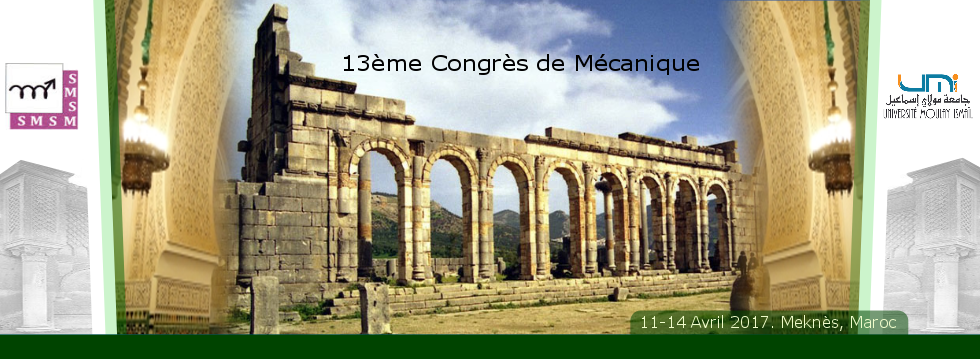Abstract Inhalation of radon (222Rn) and its decay products are a major source of natural radiation exposure. It is known from recent surveys in many countries that radon and its progeny contribute significantly to total inhalation dose and it is fairly established that radon when inhaled in large quantity causes lung disorder. Indoor air conditions and ventilation systems strongly influence the indoor radon concentrations. This study focuses on investigating both numerically and experimentally the influence of environmental conditions on the indoor radon concentration and spatial distribution. The numerical results showed that ventilation rate, temperature and humidity have significant impacts on both radon content and distribution. The variations of radon concentration with the ventilation, temperature and relative humidity are discussed. Minimum radon levels were estimated in this case study at the temperature of 15° C and relative humidity between 50-70%.
- Poster




